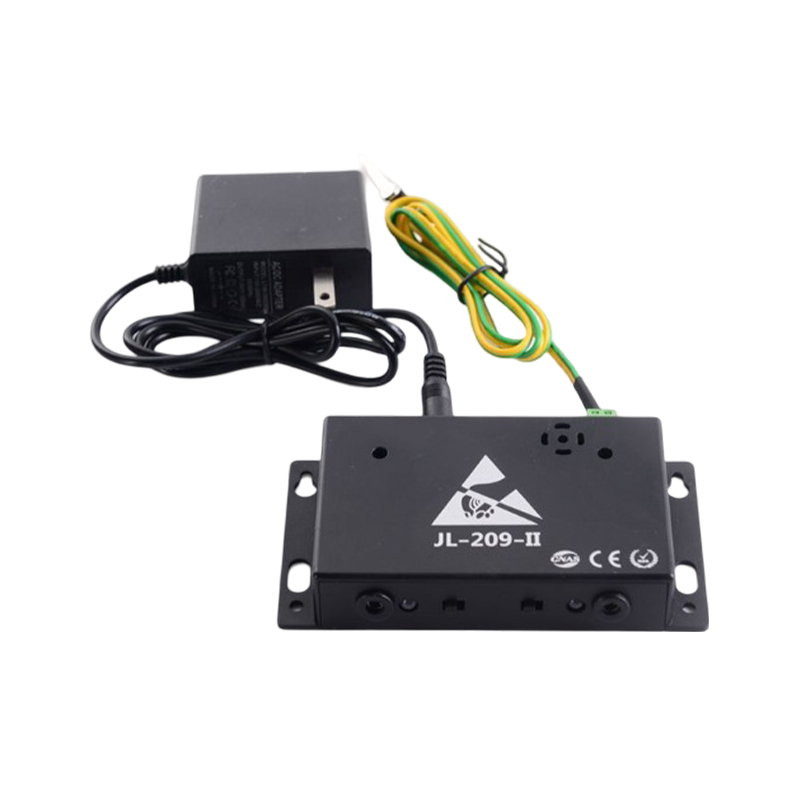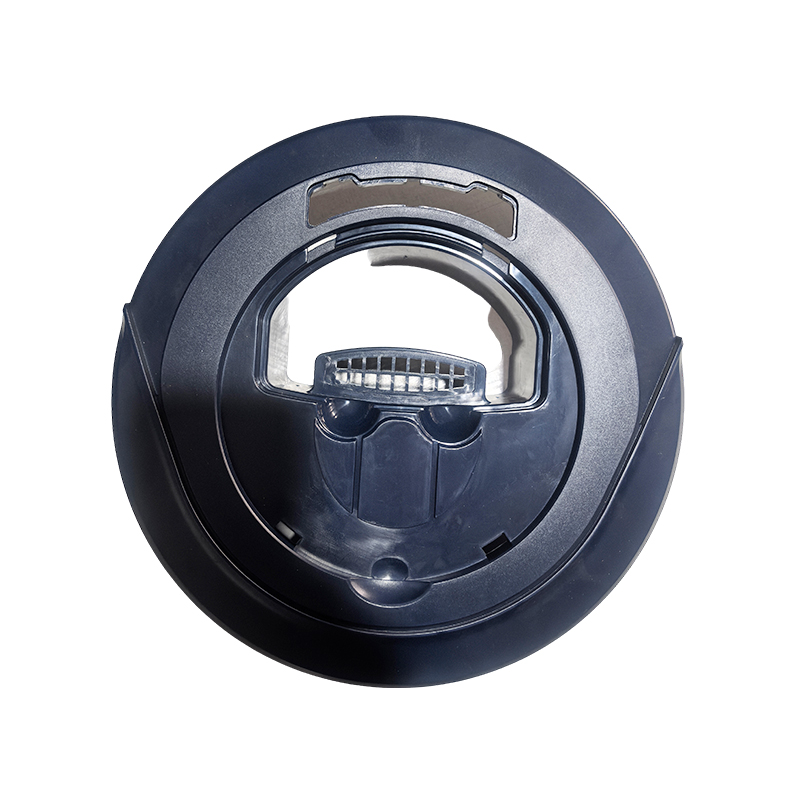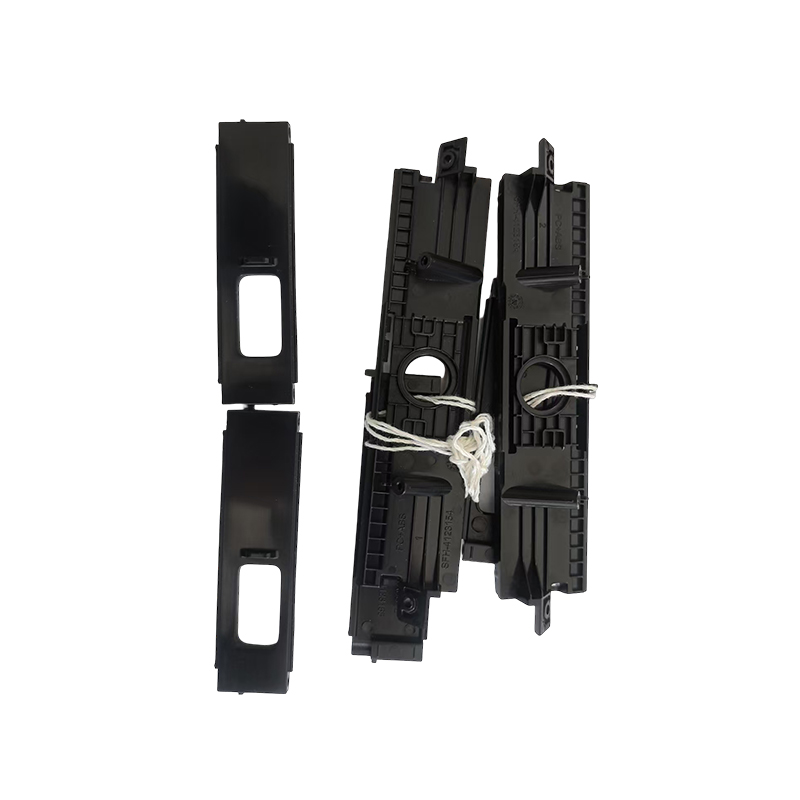How to eliminate static electricity risks in time with the metal shell static wrist strap alarm with quick response mechanism?
Release Time : 2025-07-02
The combination of the quick response mechanism and the metal shell provides a reliable guarantee for the electrostatic wrist strap alarm to eliminate the hidden dangers of static electricity in time. Its advantages are reflected in every link from signal capture to alarm processing.
First of all, the quick response mechanism relies on highly sensitive sensor elements, which are like the "nerve endings" of the metal shell static wrist strap alarm and can keenly sense extremely weak static changes. Even if there is extremely small accumulation of static electricity on the surface of the human body, the sensor element can capture the signal at the first time and quickly convert it into an electrical signal and transmit it to the control system of the alarm. The metal shell not only provides a solid physical protection for these precise sensor elements to prevent them from being damaged by external forces, but also uses the good conductivity of metal to assist the sensor elements to more efficiently sense the changes in the surrounding static electricity field, thereby greatly improving the timeliness and accuracy of static electricity signal capture.
When the sensor element transmits the static electricity signal to the control system, the high-speed processing chip inside the alarm begins to play a role. The chip has a strong data processing capability and can analyze and judge the input signal in a very short time. It will quickly compare the detected static electricity signal with the preset safety threshold, and once it finds that the static electricity charge exceeds the safety standard, it will immediately trigger the alarm program. This fast data processing and judgment process ensures that the metal shell static wrist strap alarm can respond as soon as the electrostatic hazard appears, without giving static electricity the opportunity to accumulate and cause harm.
After the alarm program is triggered, the sound and light dual alarm functions work together to remind the user in the most direct and effective way. The bright flashing lights and high-decibel beeps can quickly attract the user's attention in a noisy working environment, ensuring that the user will not miss the alarm information. The good acoustic conductivity of the metal shell makes the sound of the alarm clearer and louder, and the transmission range is wider; and the sturdy shell also provides reliable protection for the lighting components. Even in frequent use and harsh environments, the sound and light alarm function can still operate stably and promptly convey the alarm information of static hazard to the user.
In order to eliminate static hazard in time, the metal shell static wrist strap alarm is also equipped with an efficient static discharge channel. Once the alarm is triggered, the metal shell static wrist strap alarm will immediately start the static discharge mechanism, and quickly guide the static charge accumulated on the surface of the human body to the ground through the conductive wristband connecting the human body to the ground. The metal shell plays a good conductive role in this process, which can ensure that the static charge is smoothly conducted to the ground through the wristband and the shell, avoiding the residual static charge on the human body or equipment. This rapid static discharge process can reduce the static charge to a safe level in a short time after the alarm sounds, effectively eliminating the possible harm caused by static electricity.
In addition, the alarm's rapid response mechanism is also reflected in the continuous monitoring of static hidden dangers. After a static discharge is completed, the alarm will not stop working, but will continue to monitor the static situation on the human body surface in real time. Once the static charge exceeds the safety threshold again, it will immediately re-trigger the alarm and static discharge program to ensure that the user is always in a safe static protection state during the entire working process. This continuous monitoring and response capability can respond to various complex and changeable static electricity generation situations in a timely manner, providing users with all-round and uninterrupted static protection.
The rapid response mechanism of the metal shell static wrist strap alarm also has good environmental adaptability. Whether in a dry indoor environment, in a production workshop with high humidity, or in a complex place with electromagnetic interference, the metal shell static wrist strap alarm can stably play its rapid response function. The anti-interference characteristics of the metal shell effectively shield the interference of external electromagnetic signals on the internal circuit of the alarm, ensuring that the sensor elements and control system can work normally; at the same time, the protective design of the shell enables it to adapt to different temperature and humidity environments, ensuring that the alarm can timely and accurately sense and deal with electrostatic hazards under various environmental conditions.
In actual use, the metal shell static wrist strap alarm with a fast response mechanism can also better meet user needs by continuously optimizing its own performance. Its built-in intelligent algorithm can automatically adjust the sensitivity and alarm threshold of electrostatic detection according to different usage scenarios and user habits. For example, in an electronic component production workshop that is more sensitive to static electricity, the alarm can increase the detection sensitivity to detect small static changes more promptly; while in a relatively loose usage environment, the sensitivity can be appropriately reduced to reduce the occurrence of false alarms. This intelligent optimization function enables the metal shell static wrist strap alarm to respond to various electrostatic hazards more accurately, further improving the timeliness and effectiveness of eliminating static hazards.







